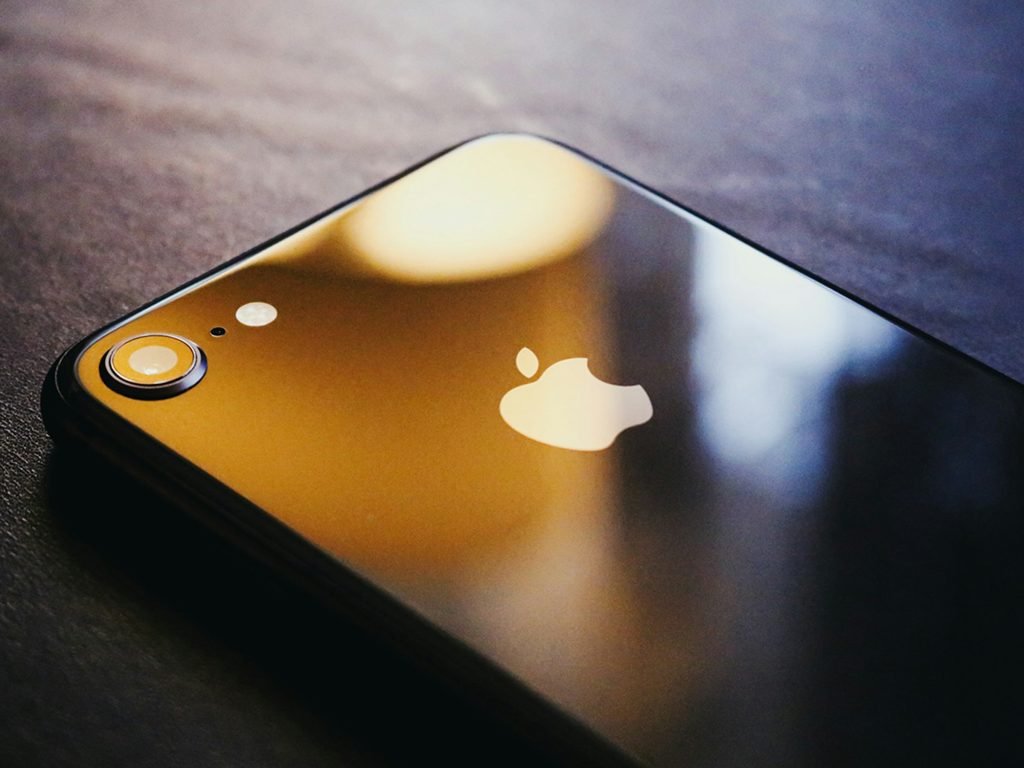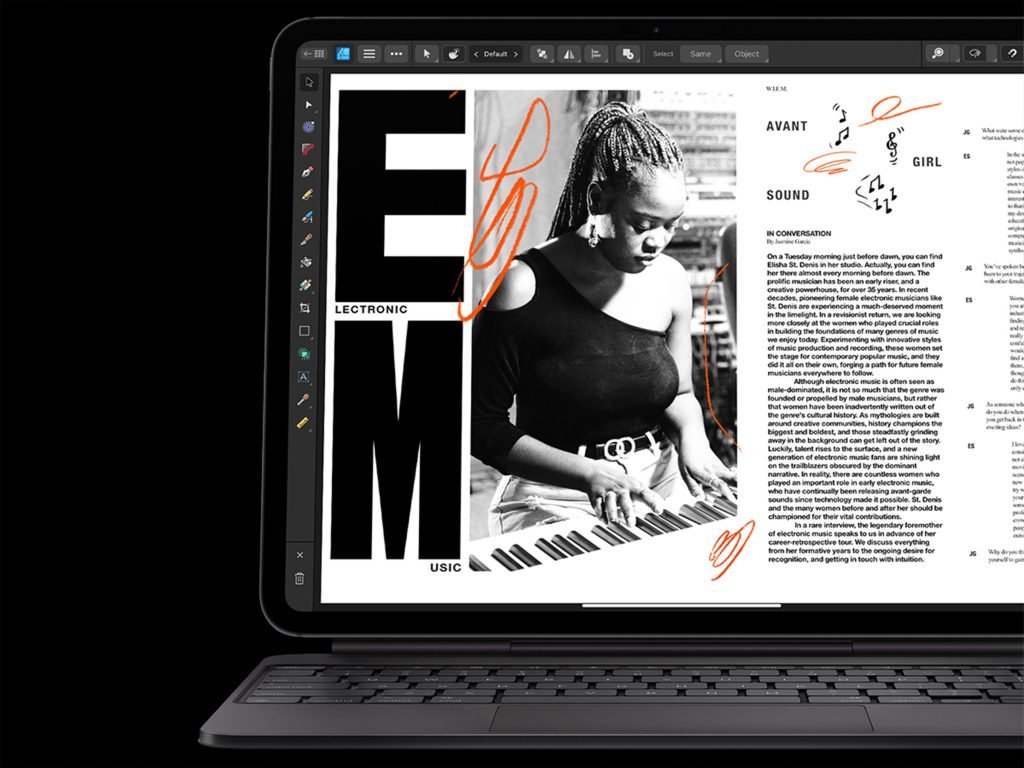What Is An LCD Or Liquid Crystal Display
An LCD, or Liquid Crystal Display, is a technology used for flat-panel displays in various devices. It uses liquid crystals that are manipulated by electric currents to produce images.

How Does It Work?
LCDs work by using a backlight that shines through a layer of liquid crystals. The crystals are arranged in a grid and can be rotated to block or allow light to pass through, creating images. The display is further enhanced by filters and colour pixels (red, green, and blue) that adjust to form the desired colours and images.
Where Is LCD Used?
LCDs are known for their wide range of applications due to their durability, energy efficiency, and relatively low production costs. They are widely used in consumer electronics, including smartphones, monitors, and televisions.
LCD displays are used in televisions, computer monitors, tablets, digital watches, and smartphones like your iPhone 11 and iPhone XR. LCD displays were used prior to OLED displays, commonly found on iPhone 8 and earlier.

OLED Or Organic Light-Emitting Diode
OLED, or Organic Light-Emitting Diode, is a display technology that uses organic compounds that emit light when an electric current is applied.
How Does OLED Work?
OLEDs do not require a backlight as each pixel can emit its own light. this self-emissive property allows for precise control of each pixel, resulting in vibrant colours and true blacks. When a pixel is turned off, it is completely black, which is not possible in LCDs that rely on a backlight.
Why Is OLED Used
OLED displays are popular for their superior image quality, including deeper blacks, higher contrast ratios, and faster refresh rates. They are also thinner and more flexible than LCDs, making them ideal for modern, high-end electronic devices.
OLED is now a commonly used display, its used in high-end products such as your iPhone X and newer, televisions, smartwatches, laptops and monitors, VR headsets, and spatial computing products like Apple Vision Pro.
Comparing LCD & OLED
OLEDs offer better contrast and more vibrant colours compared to LCDs. They achieve true blacks since each pixel can be turned off completely, unlike LCDs, which rely on a backlight and therefore cannot achieve true black levels. OLEDs typically have wider viewing angles, maintaining colour accuracy and brightness even when viewed from the side. They can also be more energy-efficient, especially when displaying dark images, as black pixels are turned off.
However, LCDs can be more energy-efficient for bright, white backgrounds. In terms of durability, LCDs are generally more long-lasting and are less prone to issues like burn-in and degradation over time. Lastly, OLED displays are typically more expensive to produce than LCDs, which is reflected in the higher price of OLED devices.
Apple uses a range of different displays within their products.
